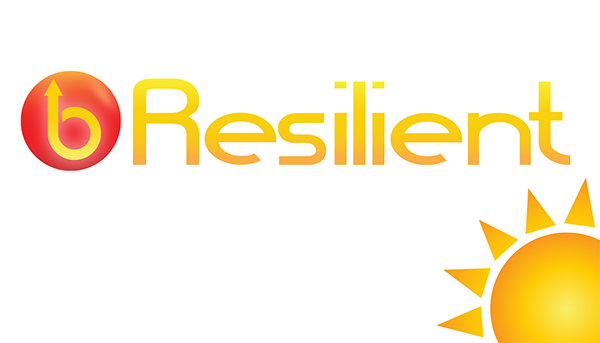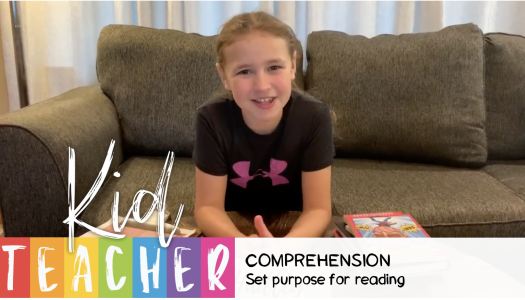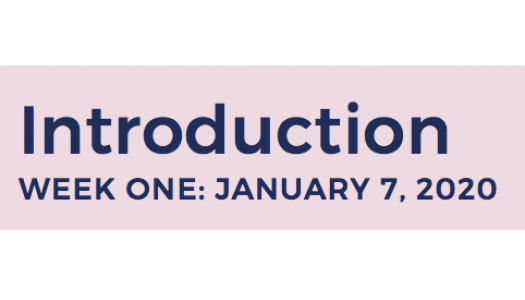
Jen McDonough
Sight words, high-frequency words, trick words . . . When I talk to teachers who all work in the same school, I hear all these terms being used in all different grade levels and even by teachers who teach at the same grade level. Although subtleties exist, in the end teachers are all just trying to get kids to learn the words automatically so they can be fluent readers and writers. The problem is that the kids think they are learning something different each year, even though the words are, for the most part, the exact same ones!
When talking to kids in my own school about using words that evoke strong images in their writing pieces, the teachers used the terms strong words in the kindergarten classroom, sharp words in the first-grade classroom, and juicy words in the second-grade classroom. When I pointed it out, we all had a chuckle and decided that from now on, those words would be forever known as strong, sharp, juicy words. These teachers don’t have the time to check with each other about every little thing they are teaching, but luckily in my school the administrators had the wherewithal to know that hiring a literacy specialist could point out and help bridge some of those inconsistencies to make the literacy curriculum stronger for all the students.
I call the above places teacher islands, where teachers are all doing amazing things in the classrooms based on their community of learners, their passions, their jargon from past experiences or the way they were taught, or even what they found on Pinterest or Teachers Pay Teachers. None of this is wrong, per se, but imagine now the children who are moving from island to island year to year never quite understanding that they are actually learning the same skill or strategy over and over again, just with a different name. How can we build bridges between these islands to help our students be as successful as possible?
I believe the bridge between the islands is common language. When a school gathers all the teachers together and decides to use a Daily 5/CAFE approach to literacy instruction, they build bridges of common language. When everyone is using the same terminology from grade level to grade level, students can put their cognitive energy into building more complexity with a skill or strategy instead of thinking they are learning something new when they are actually not.
Students need to come first. We must ask ourselves, How am I part of building a seamless education for the students in my school? What common language can I adopt to build bridges between where my students are coming from and where they will go next year? And then, working collaboratively with our colleagues, we can decide together on one way to communicate those strong, sharp, juicy words.
News From The Daily CAFE
Catchy Beginnings
CAFE Book Study—Introduction








